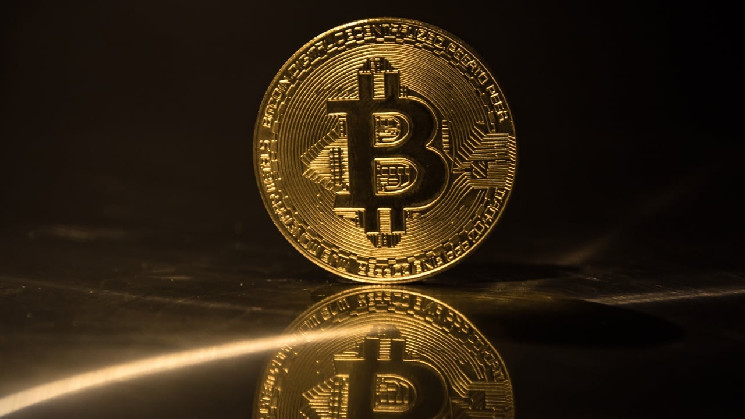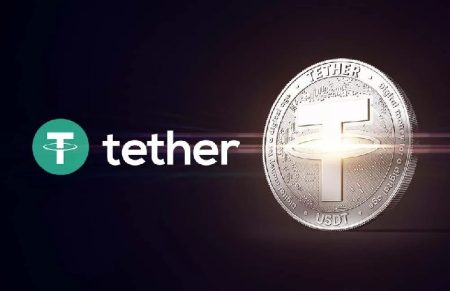The Bitcoin network has experienced a significant downturn in activity since late 2024, marked by a dramatic decrease in both confirmed and unconfirmed transactions. This reduced activity is reflected in a shrinking mempool, the holding area for transactions awaiting confirmation, and lower transaction fees. Following a peak of activity on November 19, 2024, with over 810,000 confirmed transactions, the daily count has steadily declined. This downward trend persisted through January 2025, culminating in a daily transaction count of around 328,684, representing a nearly 60% drop from the November peak. This decrease in on-chain activity mirrors a broader trend observed since the fourth Bitcoin halving in April 2024, which reduced the block reward for miners, impacting their revenue streams.
The shrinking mempool signifies a substantial decrease in pending transactions. From a high of over 200,000 unconfirmed transactions in early January 2025, the mempool plummeted to approximately 7,723 by early February, a level unseen since 2022. This stark reduction in pending transactions indicates a much less congested network, allowing for faster transaction confirmations and lower fees. This contrasts sharply with the heightened activity witnessed in September 2023, when the mempool swelled to over 600,000 unconfirmed transactions, highlighting the fluctuating nature of network usage.
The decline in network activity has directly impacted transaction fees. As demand for block space diminishes, the incentive for users to bid higher fees for quicker confirmation also decreases. Data from various sources, including bitinfocharts.com and mempool.space, illustrates this downward trend. While the average transaction fee was reported around $1.57 in late January 2025, real-time data from mempool.space suggests even lower fees, with some users paying as little as $0.29 per transaction for high-priority processing. This low-fee environment benefits users but poses challenges for miners, whose revenue is partially derived from these fees.
The current state of the Bitcoin network presents a challenging environment for miners. The combined effects of the halving and reduced transaction activity have significantly impacted their profitability. Despite Bitcoin prices remaining above $100,000, the hashrate, a measure of the network’s computational power, has only seen a modest increase of about 25% since the halving. This suggests that the incentive for miners to invest in additional hardware and expand their operations remains relatively low. The lower transaction fees further exacerbate this issue, reducing the overall revenue generated by miners.
The confluence of these factors – reduced transaction activity, lower fees, and the impact of the halving – paints a picture of a Bitcoin network operating below its peak capacity. While users benefit from faster confirmations and lower fees, the long-term implications for network security remain a concern. Miners, who are essential for securing the blockchain, require sufficient incentives to maintain and upgrade their operations. If profitability remains suppressed, it could potentially lead to a decline in hashrate, making the network more vulnerable to attacks.
The future health of the Bitcoin network hinges on a revival of on-chain activity and potentially a further increase in Bitcoin’s price. Increased transaction volume would not only generate more fees for miners but also stimulate demand for block space, potentially driving fees upwards. A higher Bitcoin price would directly boost miner revenue, offsetting the impact of the halving and encouraging further investment in mining infrastructure. Without these positive developments, the sustainability of the current mining landscape remains uncertain, posing potential risks to the long-term security and stability of the Bitcoin network.















